Harvest Lane Honey Medium Beehive Frames Assembled with Medium Plastic Foundation, 5 ct.
The Harvest Lane Honey Medium Frames Assembled with Medium Plastic Foundation comes with 5 wooden frames assembled with 5 sheets of medium honey super plastic beehive foundation. This set of frames is designed for easy acceptance into your beekeeping hive.
The Harvest Lane Honey Medium Frames Assembled with Medium Plastic Foundation comes with 5 wooden frames assembled with 5 sheets of medium honey super plastic beehive foundation. This set of frames is designed for easy acceptance into your beekeeping hive.
- Resistant to wax moths, long-lasting and durable with a textured cell pattern
- 100% beeswax coating
- Easy acceptance into the beekeeping hive
- Use with 6-1/4 in. medium honey super
- Fully assembled
- Includes 5 wooden frames assembled with 5 sheets of 5-5/8 in. plastic beehive foundation
Additional information
| Country of Origin | Made in USA |
|---|---|
| Product Type | Beehive Frames |
| Compatibility | 6-1/4 in. medium Honey Supers |
| Package Quantity | 5 |
| Primary Color | Beige |
| Primary Material | Wood |
| Product Height | 5 5/8 in. |
| Product Length | 19.875 in. |
| Product Width | 0.25 in. |
| Manufacturer Part Number | WWFFM-101-5 |

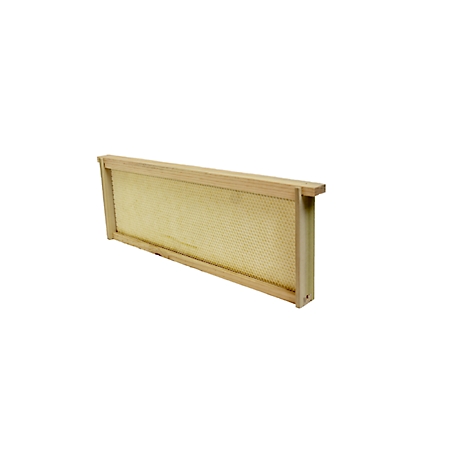
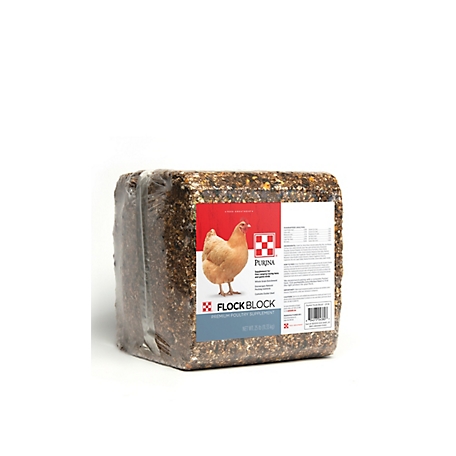
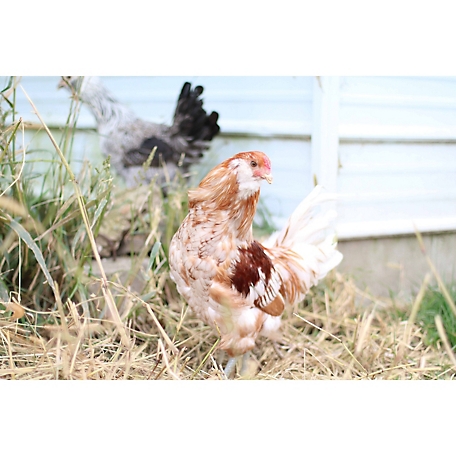
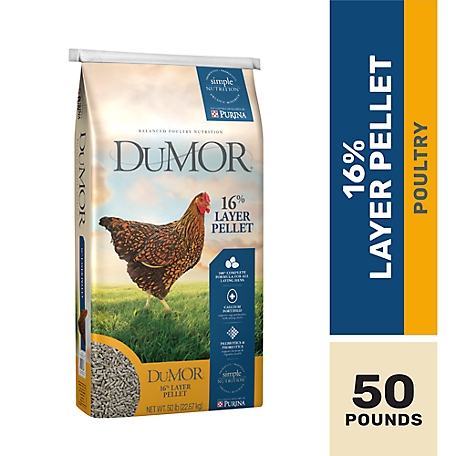

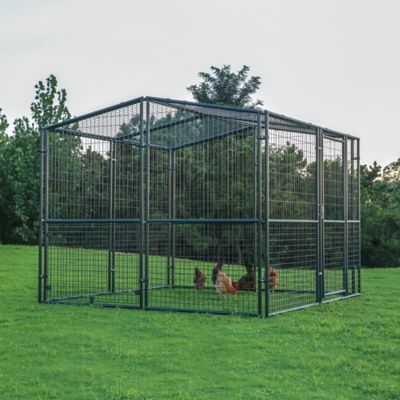
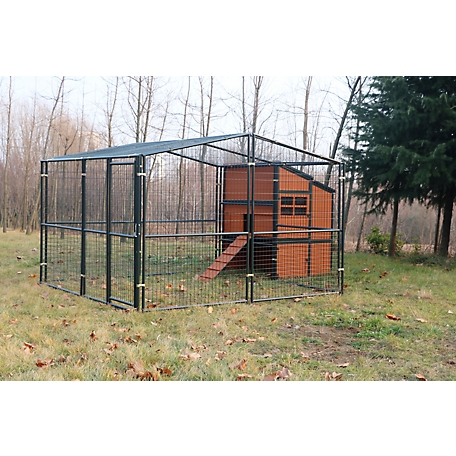
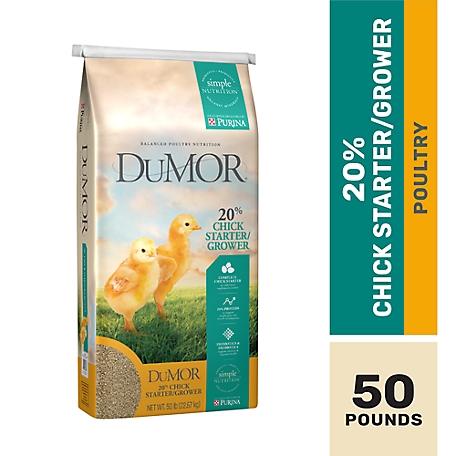
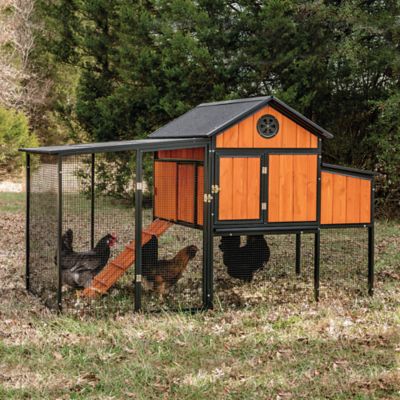
by John
another survey every time I buy anything.
by Scott
beekeeping stuff is hard to find around where I am. This product works great. showed up in excellent condition.